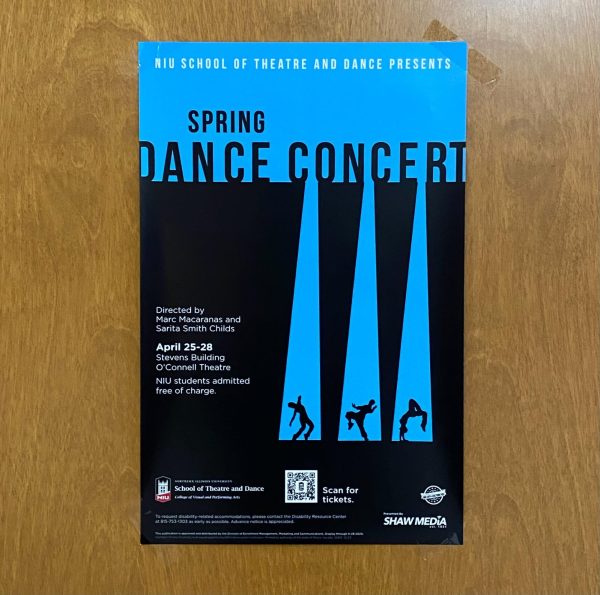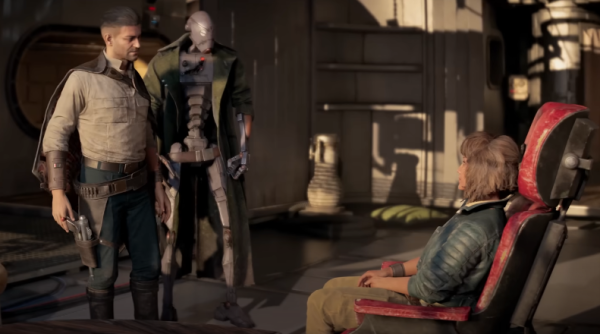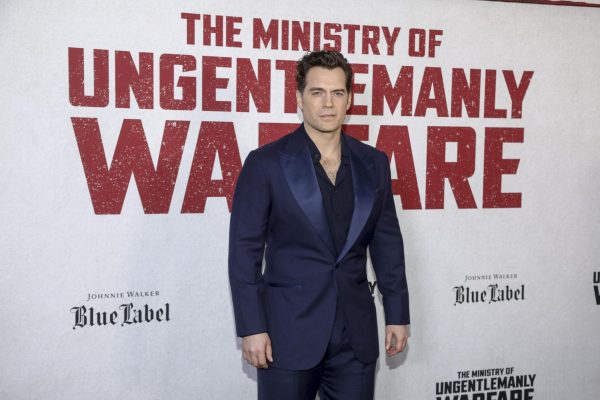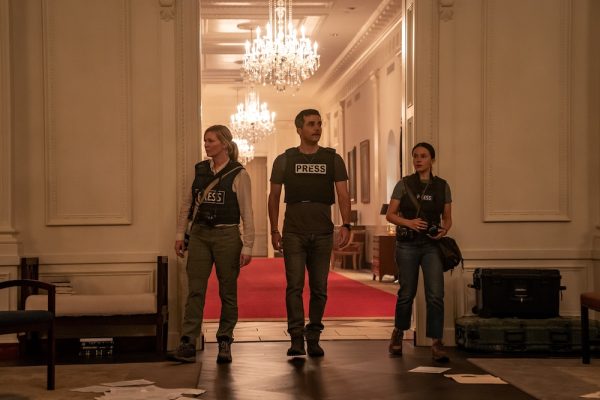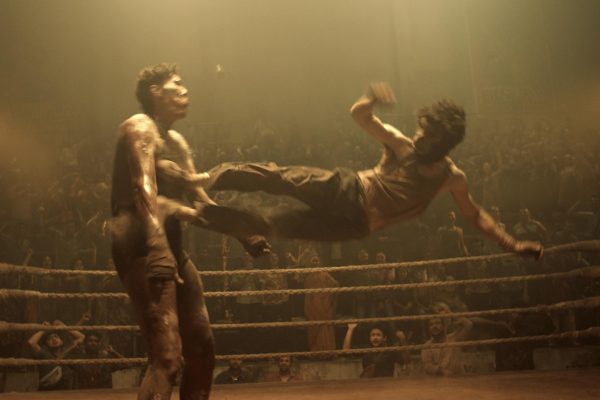Spielberg’s future hides behind 1980s
April 5, 2018
Steven Spielberg’s latest science fiction venture, “Ready Player One,” is a computer-generated attack of the senses that delivers an abundance of pop culture references and something resembling a narrative.
The story is set in the not-too-distant future of 2045, where life is dominated by a video game paradise called the Oasis. The Oasis allows people to escape from the barren dystopia of reality and into a platform where anything is possible.
The story follows teenager Wane Watts, played by Tye Sheridan, who teams up with a group of other players to unlock clues about the life of James Halliday, the creator of the Oasis.
Though the film takes place in the future, a lot of the atmosphere is dominated by ’80s nostalgia. The plot largely acts as a delivery mechanism for pop culture references and flashy graphics. The dialogue, imagery and minute plot devices all act in service of presenting the audience with recognizable names, while presenting little of actual substance.
A number of contemporary films and television shows seem to be dominated by this type of nostalgia, such as new additions to the Star Wars franchise or television reboots like “Roseanne” and “Will & Grace.” There’s a particular satisfaction that comes along with recognizing a pop culture reference, and “Ready Player One” is a prime example of how these devices can be used as a crutch, or worse, a replacement for sub-par storytelling.
In more ways than one, the film is an onslaught of the senses. The overbearing visual effects and fast-paced nature of a seemingly endless string of action sequences do not give the audience any time to process what’s being seen on screen. Instead, viewers are led along from one plot gimmick to another, held together by unyielding geek affirmation.
One moment in particular seems to act as a microcosm for this kind of cheap reference reward system. In this particular scene, the villainous I-R0K, played by T.J. Miller, tells main antagonist Sorrento, played by Ben Mendelsohn, “No man is a failure who has friends,” which classic film fans will recognize as a reference to the 1946 Frank Capra film, “It’s a Wonderful Life.”
This moment made little sense and wasn’t motivated by any character traits. It acted only as a bizarre reference for the sake of making a reference, divorced from anything in the narrative and failing to serve the film’s themes of video game culture and ’80s nostalgia. Though it is a small detail lasting all but a second, the scene represents the tactless approach the film takes to appear personable and relatable.
The characters were relatively two-dimensional, speaking only in millennial slang, clichés and pop culture allusions. A forced romantic subplot rears its head in a futile attempt to make the male and female leads seem sympathetic. The audience learns little else about any of the secondary characters, other than perhaps they are good at video games and like music by Duran Duran.
Among the more confounding aspects of the film is the inconsistent take on the way video games have the ability to take over daily life. Early in the film, unnamed characters are shown neglecting their families and responsibilities to plug into the Oasis. A particularly crude moment that dips its toes into racial insensitivity shows a Japanese businessman nearly throwing himself out the window of a building after losing all of his virtual money and commodities by losing the game.
Though the film almost manages to make a point about how video games can lead to a detachment from reality, it overwhelmingly revels in the magic of the world the characters have dedicated their lives to, negating any kind of social criticism.



